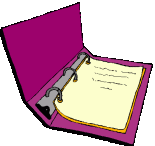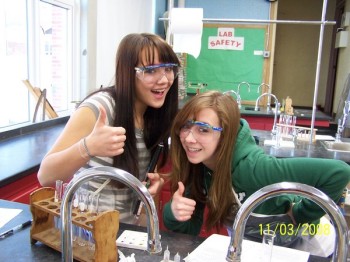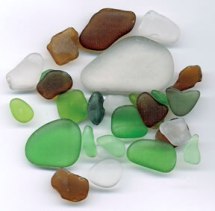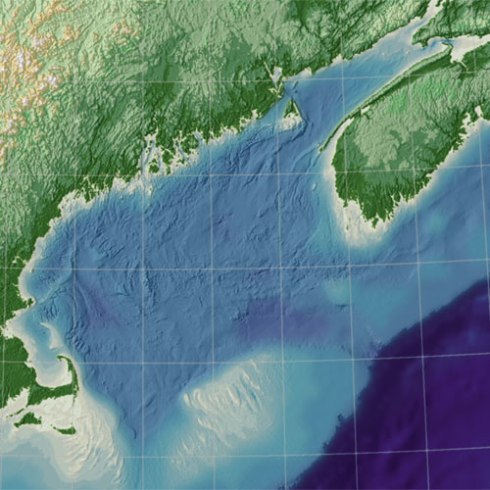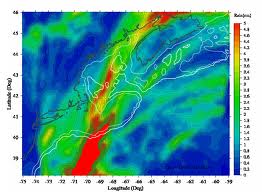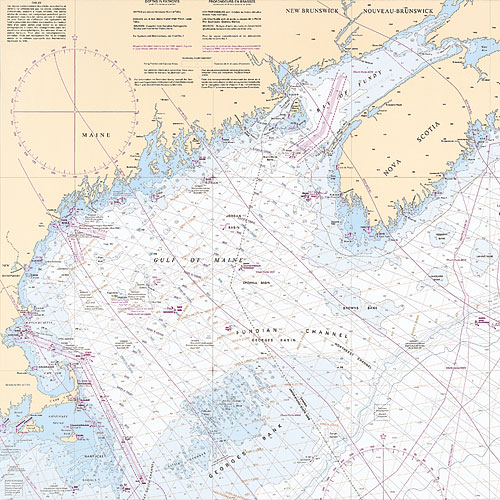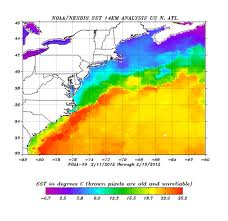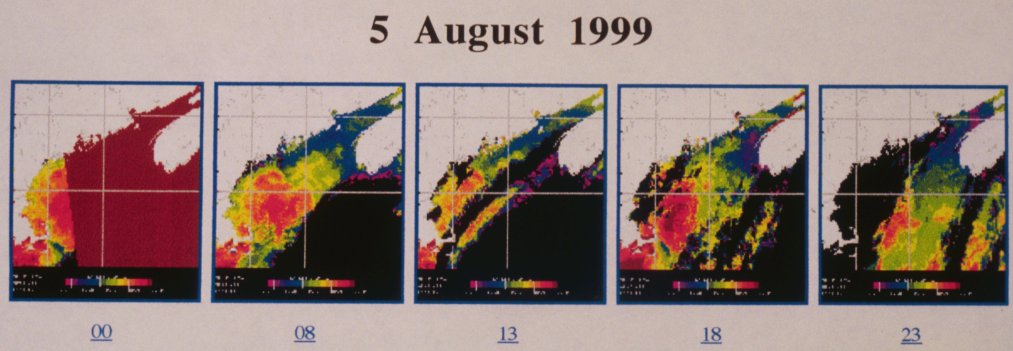Over the past several weeks, we have been learning about ocean currents and plastic pollution throughout the world. Plastic is used in various ways such as a packaging and is used so often that people don’t even realize that plastics are used in their everyday necessities. People all over the world are beginning to understand plastic pollution and are oust the use of plastic in their everyday life. A solution people often begin with is to begin using a recyclable grocery bags instead of the thin plastics one the store provides for us. After viewing many videos about plastic pollution we have decided to participate in the effort towards decreasing plastic pollution. One action we would consider taking part in, is using recyclable glass bottles and jars for food products such as milk, jams, butters, and condiments. In our households, we go through a lot of milk cartons and plastic containers for food each week. After one year’s time, those plastic products will add up, and will take part in the plastic pollution. Most people think that their non-recycling actions will not affect the world around them because they are only one person, but in retrospect, each person does have an effect in making the world a better place to live.
Posted in Oceanography, Oceans, Plastics Pollution | Tagged ecology, marine conservation, plastic, water bottles | Leave a Comment »
Using 21st Century Tools
“It is not the strongest of the species that survives, nor the most intelligent that survives. It is the one that is the most adaptable to change.” ~ Charles Darwin
Students are blogging for their portfolio in chemistry class:
~ Gwen ~ David ~ Olivia ~ Jess ~ Skylar ~ Corey ~ Sam ~ Cody ~ Kassidy ~ Nicolette ~ Ben ~ Krystal ~ Lauren ~ Mike ~ Caitlin ~ Blaine ~ Molly ~ Mariah ~ Maddie ~ Devan ~ Elise ~ Kade ~ Rachel D. ~ Isabella ~ Alena ~ Cam ~ Haley ~ LeeAnne ~ Taressa ~ Joe ~ Dakota ~ Madison ~ Alex ~ Kevin ~ Devin ~ Caroline ~ Hannah ~ Michaela ~ June ~ Megan ~ Rachel S ~
To see why, read Using A Blog As A Portfolio.
Technology… is a queer thing. It brings you great gifts with one hand, and it stabs you in the back with the other. ~C.P. SNOW, New York Times, 15 March 1971.
Posted in Chemistry | Tagged chemistry, eportfolio, high school student, portfolio | Leave a Comment »
The field trip that I participate in was at the Seacoast Science Center. I went to the Science Center when I was in fourth grade as well, so it was interesting to see the differences. There were many aspects of the fieldtrip that captured my interest; such as learning about the Gulf of Maine, the temperate of the waters, and also the sea animals that inhabit the ocean. Before the trip, I did not know that we are actually located in the Gulf of Maine instead of the Atlantic Ocean. The Gulf of Maine runs from Maine all the way to Cape Cod. Another interesting fact that I learned during the presentation was that the water temperature is warmer in the fall than it is in the summer. This is because only the top layer is warm during the summer, whereas most of the ocean is warmer during the fall. Activities such as canoeing, fishing and swimming are most popular in the fall due to the temperature. Out of all of the experiences I had at the Science Center, I mostly enjoyed the touch tank. This touch tank had to be kept very cold, so the animals would be happy in their environment. It is also important to wash hands before touching the animals, because the oils on a person’s skin can harm them. This field trip was very fascinating, and I really learned a lot about the ocean.
Links:
http://ngm.nationalgeographic.com/2011/06/tide-pools/white-text
http://www.nodc.noaa.gov/dsdt/cwtg/catl.html
— Abbie
Posted in Uncategorized | Leave a Comment »
During the field trip to Odiorne Point yesterday, I had a lot of fun. I took in a lot of information on the ocean and its current patterns and temperatures during the different seasons. My favorite part of the trip was seeing the different kinds of sea life in the aquarium area in the research center. Searching for creatures in the tide pools was also very fun, because you didn’t know what you were going to find in the freezing cold water. The informational part of the trip wasn’t as fun (like learning about the ocean currents and temperatures) but it was still information worth knowing for the future. I also enjoyed touching the animals in the touch tanks because I really like hands on experiences. My favorite animal was definitely the octopus because I have heard that they are really intelligent animals and it was really cool to get to see one right up close. I would definitely love to go on a field trip like this again!
Posted in Uncategorized | Leave a Comment »
So this is extremely late but i need to do it anyway. One part of the field trip i really enjoyed and thought i learned alot from was when we went on the hike following Mr. Hardy and went to that pond you could call it. I found it really interesting because we could really see what creatures were in the environment. Mr. Hardy himself picked up a small lobster, i think, and the thing was clamping down on his finger. It looked pretty painful in my opinion. Not only that but we could flip over pretty much any rock and find a crab. My friends were running around going “Hey look at this huge one i found” “No look at my giant one”. It was really funny and cool. Some student even went in the pond as well and found some really cool creatures. Most everything else on the trip was not even close to as cool that part was. On a side note i had no idea Mr. Hardy knew as much about marine life as he did. It was surprising to me and was really awesome.
Posted in Oceanography | Tagged oceans | Leave a Comment »
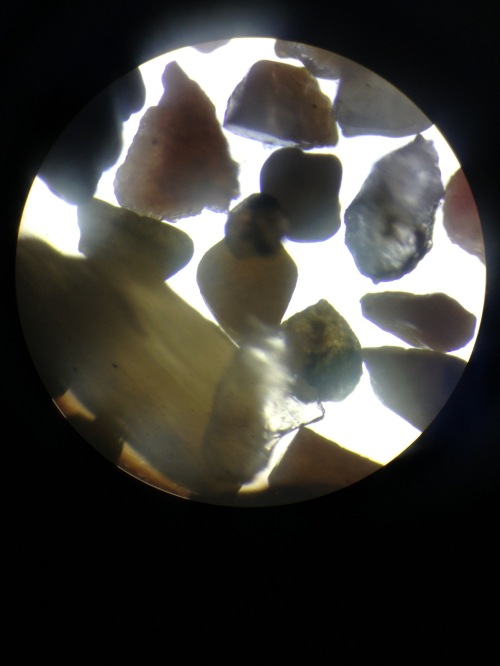
This particular sand viewed through a microscope is from Maine. As observed, its got different colors throughout every fragment, browns, greens, whites, blues, mostly dark colors though. This sand was not magnetic, and has a size of about 1 millimeter. Our class determined that the sand can be classified as angular, moderately sorted, and composed of different rocks and possible debris.
Posted in Oceanography | Tagged observations, rocks, Sand, Science | Leave a Comment »
“The scientist does not study nature because it is useful; he studies it because he delights in it, and he delights in it because it is beautiful.” — Henri Poincaré
Students are blogging for their portfolio in chemistry class. Their initial post is an assignment of introducing themselves. Here are student responses to the question “Who is the scientist within you?”:
~ Mariah ~ David ~ Gwen ~ Krystal ~ Megan ~ Kevin ~ Alex ~ Alena ~ Dakota ~ Rachel S ~ Corey ~ Skylar ~ Blaine ~ Kade ~ Mike ~ Molly ~ Lauren ~ Jess ~ Kassidy ~ Cody ~ Devin ~ Cam ~ Sam ~ Isabella ~ Devan ~ Taressa ~ Maddie ~ Rachel D. ~ Madison ~ LeeAnne ~ Nicolette ~ Olivia ~ Caitlin ~ Michaela ~ Haley ~ June ~ Elise ~ Hannah ~
“The great thing about science is that it rewards curiosity. We can continue to be childlike and constantly ask why, and not be judged or penalized by it.” — Elaine Chew
Posted in Chemistry | Tagged blogging, chemistry, portfolio, students | Leave a Comment »
In the classroom the major thing I learned is that the Gulf of Maine is not part of the Atlantic Ocean. The Gulf of Maine is separate from the ocean and is its own body of water, even though it is connected to the Atlantic Ocean. Since the Gulf of Maine is directly connected to the Atlantic Ocean I assumed it was considered part of the ocean, but because of the currents the Gulf of Maine is cut off from the ocean. The Gulf of Maine goes from Cape Cod up to the Bay of Fundy in Nova Scotia. The Labrador Current comes into the gulf from the north and turns in a counterclockwise direction inside the gulf. Since the Gulf of Maine is fed primarily by the Labrador Current, which comes down from the north, the water is generally cold.
References:
Steve H.
Posted in Oceanography | Tagged currents, Gulf of Maine, oceans | Leave a Comment »
The Touch Tank
Throughout this field trip there were many things that we learned about. We were able to get a better understanding about the water hemispheres and the different aquatic animals that live in the Gulf of Maine. Even though there was all that, the thing that i enjoyed most was the touch tank inside of the Odiorne Beach building. The touch tank was a realistic version of what the Gulf of Maine is really like. It showed me how the different sea creatures live and their different habitats that they conform to. Another thing it taught me was how the animals adapt to the different water temperature throughout the hemispheres and seasons. In the touch tank the water was very cold and it showed me how cold the Gulf of Maine gets around this time of the year. The animal that interested me most was the starfish, i was able to feel the texture of it and see how it lives. Overall i enjoyed this field trip alot because i got a better understanding of many different things.
Links:
Posted in Oceanography | Tagged Gulf of Maine, Odiorne, touch tank | Leave a Comment »
On the field trip to Seacoast Science Center, I learned lots of new information about oceanography. The topic covered most was the seasons of the sea. I learned that the water I swim in is not actually the Atlantic Ocean, but it is the Gulf of Maine. I also learned that the water warms up quickly in the summer and takes a while to cool down in the winter. One of my favorite parts of this field trip was searching for sea glass on the beach. I found multiple, relatively small pieces of sea glass at Seacoast Science Center. Sea glass is made from bottles or pottery that has been tossed in the ocean. The glass is broken up by the tumbling of waves and the current of the ocean. The frosty-looking finish on sea glass is formed by a hydration process. The contents within the bottle (such as soda or beer) or the minerals within the glass slowly leak out and form a frosted appearance on the glass. Sea glass and the way it is formed is a very interesting topic.
The Most Common Colors of Sea Glass
Sources
http://www.ehow.com/how-does_4912459_how-sea-glass-formed.html
Posted in Uncategorized | Tagged Oceanography, sea glass, seacoast science center | Leave a Comment »
One Student’s Reflection
I like learning about marine environment and ocean structures because I plan on becoming a part of the fishing and chartering business after I graduate college. I plan to buy a boat and charter with my brothers and by learning about the oceans will increase our skills and our ability to be successful in that business. By learning about currents, tides, depth, etc we will be able to navigate, confidently, in the open ocean to areas where healthy, ample fish can be caught. By learning basic navigating skills, we will never have to worry about getting lost or stranded if our technology fails, as well as returning our visitors safely back home. As well as learning about the structural aspect if the marine environment, I am interested to learn about the sea-life in marine-biology next semester. I think it will benefit us by understanding what fish and other species are edible, non-edible (and what signs to look for), endangered, popularity in the market, and whether or not it will be a successful catch in a day’s trip. Every piece of knowledge we can learn will benefit us in the future.
Posted in Oceanography | Tagged boating, career, fishing, marine science, reflection | Leave a Comment »
On the field trip to Seacoast Science Center, I learned lots of new information about oceanography. The topic covered most was the seasons of the sea. I learned that the water I swim in is not actually the Atlantic Ocean, but it is the Gulf of Maine. I also learned that the water warms up quickly in the summer and takes a while to cool down in the winter. One of my favorite parts of this field trip was searching for sea glass on the beach. I found multiple, relatively small pieces of sea glass at Seacoast Science Center. Sea glass is made from bottles or pottery that has been tossed in the ocean. The glass is broken up by the tumbling of waves and the current of the ocean. The frosty-looking finish on sea glass is formed by a hydration process. The contents within the bottle (such as soda or beer) or the minerals within the glass slowly leak out and form a frosted appearance on the glass. Sea glass and the way it is formed is a very interesting topic.
Source
http://www.ehow.com/how-does_4912459_how-sea-glass-formed.html
– Paige M.
Posted in Oceanography | Tagged sea glass | Leave a Comment »
Blackawton Bees
For my research today I learned about the Blackawton Bees. Blackawton Bees use the spatial relationships between colors to figure out which flowers had sugar water in them and which flowers had salt water in them. I thought this was very interesting how someone could think this up. How does one think to experiment on bees and use colors to determine whether there is salt or sugar water in them. They gave the bees series of challenges to determine if they were intelligent enough to find the difference of salt and sugar water in the flowers. The test became harder and harder and finally the results the bees had become more and more conclusive. One test they used was the bee arena. The bee arena was a small box in which they put the bees in and tested their reaction to different colors and flowers. They had to let the bees in the arena individually at times so that they would be independent and develop their own reasoning and not copy others. Overall between all three tests the Blackawton Bees had similar test results and were all pretty accurate while choosing between the sugar and salt water flowers in the various tests.
Bombus terrestris- the buff-tailed bumblebee or large earth bumblebee is one of the most numerous bumblebee species in Europe
buff-tailed bumble-bee- a bumblebee
visual perception- what ones sees
colour vision- the color someone sees
behavior- the range of actions an mannerisms of an organism
— S. Obrien
Posted in Nature | Tagged bees, bumblebee, colors, vision, visual perception | Leave a Comment »
On this field trip I learned mostly about the temperature changes in the Gulf of Maine. The temperature changes each season and so does the water temperature. I did not know that there were different colors that symbolize different temperatures. It was interesting to learn about that. I found out that it has extreme seasonal temperature changes, “Its nearness to the warm waters of the Gulf Stream, its broad expanse of glacially carves basins and channels, and the seasonally extreme water temperatures.” During the seasons the temperature has a drastic change from warm to cold water. On the field trip we made charts and figured out which colors symbolize what temperature. It was a fun field trip that helped me learn more about the ocean, temperatures, and the Gulf of Maine.
Posted in Oceanography | Tagged Gulf of Maine, Ocean, seasons, Temperature | Leave a Comment »
Last week our oceanography class went on a field trip to Ordione state park. On the day trip we learned many things. We had a presentation and got to do many activities in small groups that gave us a chance to do some problem solving on our own . One of the things I learned was that there are many ways used to show the months and temperatures using the water and the tides. Charts can show that the lighter colors represent summer and the dark represent winter. The tides also depend on the moon phases showing high and low tides. The areas that are in the Red, Orange and yellow have warmer climates then the blue and greens. Overall I believe this field trip taught me a lot of information about oceanography in a different way and gave us a chance to really experience this stuff through a presentation and looking at the tide pools.
– Erika S.
Posted in Oceanography | Tagged climate, Gulf of Maine, Oceanography, oceans, seasons, temp, Temperature | Leave a Comment »
The climate in the past 10 years has changes drastically, according to an article in the Royal Soiety Biological Siences. The climate changes include precipitation, temperature and wind. These climate changes will also affect the ecological environment such as food webs, adaptation and environments. It will also affect the smaller animals/species. This is because smaller species are much better suited to warmer climates than larger species. This will impact larger species negatively. The smaller species will become more protected due to the warmer climate and it will eliminate larger predators. The food web will also change a lot due to the cliamte change. The smaller animals that are usally at the bottom of the food web will now start to make there way to the top, as large predators die out.
Posted in Uncategorized | Leave a Comment »
The one new thing that i learned at Odiorne was that the water along the coast of Massachusetts and Maine, is not the Atlantic Ocean. This area of water is called the Gulf of Maine. The Gulf of Maine is not apart of the Atlantic Ocean because it has a different current. The current in the Gulf of Maine is called the Labrador current. The laborador current comes down from Novia Scotia and creates a spiral type of motion off of the coast of the NorthEast states. The temperature for this water is a lot colder than the temperature of the Atlatic Ocean because it is not apart of the current coming up from Florida. This current carries warm water up and out into the open ocean. Due to its own current coming from the North the water temperature is different than the water tempaerature in the Ataltic Ocean. I enjoyed this field trip, and actually learned a lot about oceans.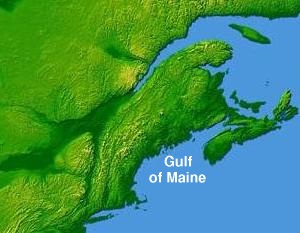
Posted in Uncategorized | Leave a Comment »
The purpose of this experiment with the Blackawton Bees was to test the principle that “the process of playing with rules that enables one to reveal previously unseen patterns of relationships that extend our collective understanding of nature and human nature”. To test this the scientists gave the bees a series of challenges to see if they could complete them or were incapable of doing so. Then they tested them to see if they solved the puzzle and how they solved it. It was a difficult puzzle, understandably because the bees could not just learn to go to the colour of the flower. If the bees solved these puzzles in different ways, that would mean that bees have personalities. A bee arena was consttructed out of plexiglass and Bombus terrestris bees were used.
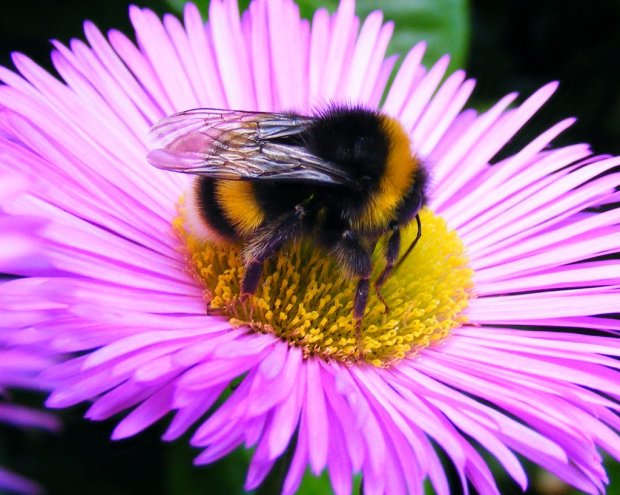
http://urbanextension.files.wordpress.com/2009/06/bombus-terrestris-buff-tailed-bumblebee-1.jpg
The lead scientist stated concluded ‘We discovered that bumble-bees can use a combination of colour and spatial relationships in deciding which colour of flower to forage from. We also discovered that science is cool and fun because you get to do stuff that no one has ever done before. (Children from Blackawton)’. The results show that while humans tend to be considered the smartest of animals, there are other species that are able to perform higher functions and behaviors.
http://rsbl.royalsocietypublishing.org/content/7/2/168.full
MORE ABOUT THE BEE PROJECT- http://www.wired.com/wiredscience/2010/12/kids-study-bees/
Posted in Nature | Leave a Comment »
I enjoyed our recent fieldtrip to OdiornePoint. It was good because it was fun and informative as well. The first half we learned about the ocean water in the Gulf of Maine, where we were. The second half of the field trip we got to explore the area a little bit andlook inside at the sea creatures, some of which i had never seen before. I learned many things during the informative half of the field trip, such as how the oceans water temperature changes as the times and seasons of the year change. I was surprised to find out that the water temperature in the Gulf of Maine is warmest during the fall. I was surprised because I would think that the water would be the warmest in the summer when it is the warmest outside. I was also surprised that the coldest the water gets is in January, which means that the warmest and coldest seasons are not six months apart. I also learned that the water is warmer at the surface than at the bottom. These are many of the interesting things I learned on the field trip.
Posted in Uncategorized | Leave a Comment »
 Last week our oceanography class took a field trip to Odiorne State Park in Rye New Hampshire. Odiorne is the perfect place for an oceanography field trip because of the tide pools, the ocean temperature presentation, and the Seacoast Science Center with information and exhibits on ocean life and environment. The tide pools were full of different species. A common specie that we found were the crabs. Hermit Crabs (Pagurus Bernhardus), European Green Crabs (Carcinus Meanas), Japanese Shore Crab (Hemigrapsus Sanguineus), and Asian Shore Crab (Hemigrapsus sanguineus). We learned about their habitat in the tide pools and more about how to identify their species of crab. We also learned about the rocks that were formed in time by weather and its environment. When we went into the Seacoast Science Center at Odiorne State Park we listened to a presentation about the ocean temperatures during the different seasons. It was interesting to see that what we thought would be fall was spring and what we thought was spring turned out to be fall. Another interesting fact we learned about our ocean off the coast of Massachusetts was that what we thought was the Atlantic Ocean, is actually the Gulf of Maine. The field trip to Odiorne State Park was a fun experience and very beneficial.
Last week our oceanography class took a field trip to Odiorne State Park in Rye New Hampshire. Odiorne is the perfect place for an oceanography field trip because of the tide pools, the ocean temperature presentation, and the Seacoast Science Center with information and exhibits on ocean life and environment. The tide pools were full of different species. A common specie that we found were the crabs. Hermit Crabs (Pagurus Bernhardus), European Green Crabs (Carcinus Meanas), Japanese Shore Crab (Hemigrapsus Sanguineus), and Asian Shore Crab (Hemigrapsus sanguineus). We learned about their habitat in the tide pools and more about how to identify their species of crab. We also learned about the rocks that were formed in time by weather and its environment. When we went into the Seacoast Science Center at Odiorne State Park we listened to a presentation about the ocean temperatures during the different seasons. It was interesting to see that what we thought would be fall was spring and what we thought was spring turned out to be fall. Another interesting fact we learned about our ocean off the coast of Massachusetts was that what we thought was the Atlantic Ocean, is actually the Gulf of Maine. The field trip to Odiorne State Park was a fun experience and very beneficial.
Posted in Uncategorized | Leave a Comment »
